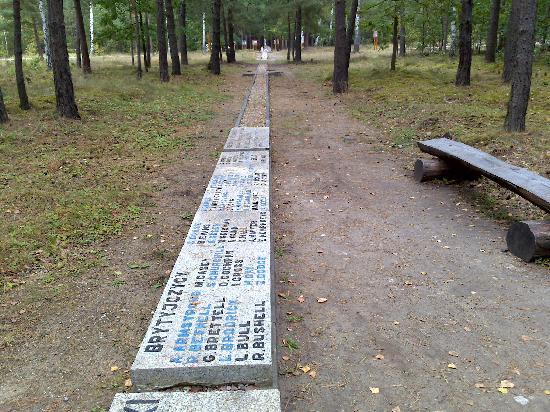Seventy years ago 10,000 Allied POWs were forced to march hundreds of kilometres across Germany as the Nazis made their last attempts to salvage any small victory against the Allies.
Stalag Luft III was a prisoner of war camp in Sagan, East Germany. As the Soviet Red Army advanced further and further east into Germany, Hitler ordered the evacuation of all prison camps in the east of the country.
Journals of prisoners at the camp outlined show that they were wondering whether or not they will be moved, as rumours of the Soviet advance grew. Then rumours about a potential march for 150kms in just six days also began to emerge and the prisoners grew even more worried.
Then in January 1945, prisoners were given one hour to prepare for a departure that night. Some gathered their few belongings and others made makeshift knapsacks out of sheets to carry their things.
The prisoners began marching from the camp at midnight and continued to march for six more days. More than 10,000 prisoners took part in the march, and temperatures sometimes dropped to minus 22C, The Telegraph reports.
They marched until they reached Spremberg and were shoved into trains and taken to north-west Germany where they could be housed in a naval camp near Bremen. After eight weeks at the naval camp the prisoners were then forced to march another 130kms to Lübeck, the camp where they were finally liberated from a few months later in May 1945.
James Finlay is a photographer and nephew of one of the prisoners who made the journey. James recently went back to Sagan, which is now Zagan in Poland to retrace his uncle’s steps. His uncle was imprisoned in the North Compound of Stalag Luft III, which was also the same prison from which the Great Escape happened in 1944. The escape enabled more than 75 Allied prisoners to tunnel out of the camp.
James never met his uncle as he died in a flying accident after the war, and James was born almost 20 years later. Nevertheless, James and his family always remembered his uncle, as he says that there was always a photograph of him, Douglas Finlay, alongside his flight crew at RAF Elsham Wolds, on their mantelpiece.
James says that the family also kept an image of Douglas with his roommates at the prisoner of war camp. It is thought that it was taken around the same time as the Great Escape. Douglas’s diary revealed that the German guards would take pictures for the prisoners in exchange for cigarettes or rations.
James plotted out the march route and went to the site of the prison camp, which is now abandoned and the surrounding forest has regrown over it. James then went on to trace the journey by car.
